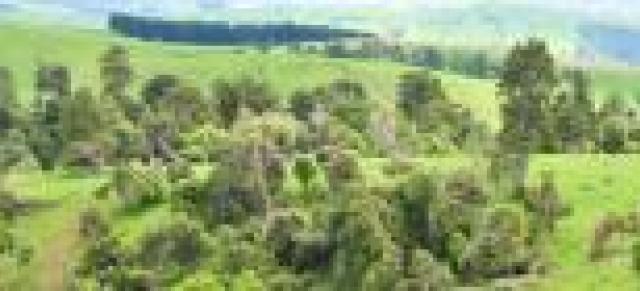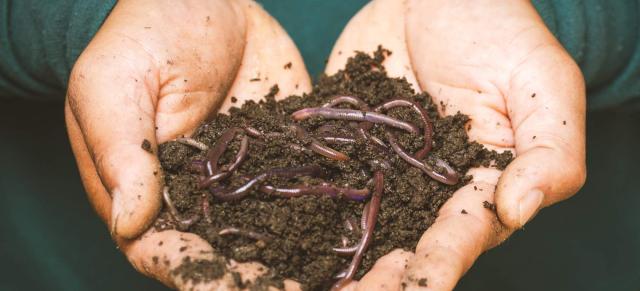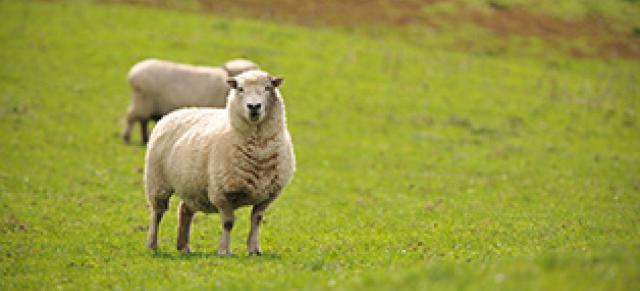Some soil – or sediment – in a stream is natural. But, if sediment levels get too high, it can disrupt ecosystems and kill freshwater species. It’s also a major source of phosphorus, because phosphate sticks to soil particles.
Where does excess sediment in our waterways come from?
Sediment in waterways usually comes from land erosion. Erosion is a natural process, but – by removing most of New Zealand’s original forest cover – we have exposed soil to the elements and accelerated this natural process.
Pasture produces two-to-five times more sediment than an equivalent area of forest. Sheep and beef farming can be a reasonably high contributor of sediment to New Zealand waterways through erosion of steep country.
How to minimise sediment loss to waterways
- Use minimum or no-till cultivation practices, such as direct drilling
- Re-sow areas of bare or damaged soil as soon as possible
- Avoid heavy stock grazing on steeper, more vulnerable soils, especially when wet
- Fence stock out of waterways
- Plant riparian margins
- Leave buffers when cultivating, over sowing, topdressing and/or burning
- Install sediment traps (such as decanting dams or detainment bunds) where appropriate
- Plant trees on vulnerable areas of the farm, to stabilise the soil and reduce erosion.
The easiest place to start is by developing a Farm Environment Plan specific to your property. In one sweep, you’ll have a handle on where you are best to concentrate your energies for maximum effect.
What is the impact of too much sediment in water?
Excess sediment in waterways causes light to be blocked, killing algae (an important food source for fish), harming fish gills, filling up important habitats, and limiting the visibility of fish.
When sediment builds up in a waterway, it also shallows the waterway and makes it more vulnerable to flooding.



